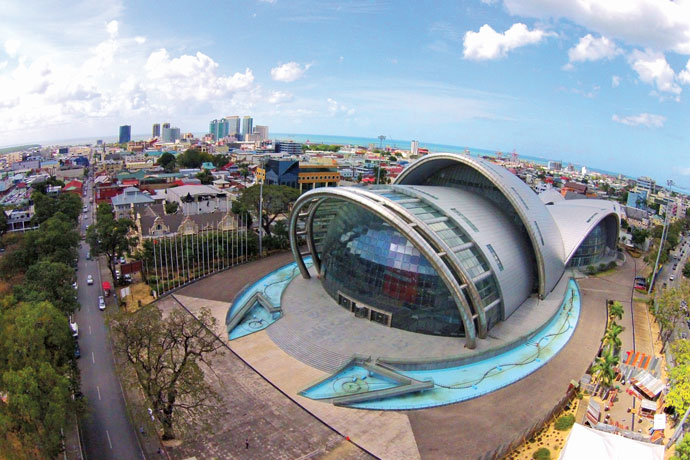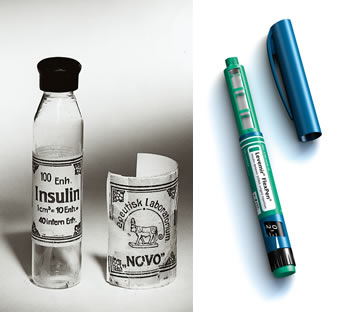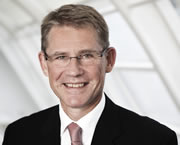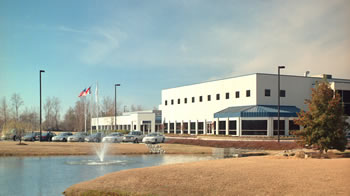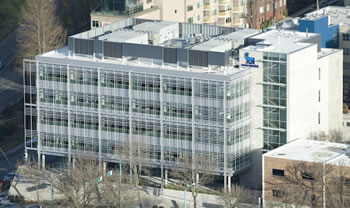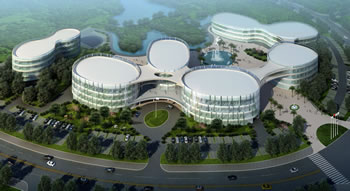If industrial diversification is key to a healthy economy, Trinidad and Tobago (T&T) are doing just fine. According to a December 2014 report by Hamel-Smith for Lex Mundi, a global network of independent law firms, T&T enjoys the most industrialized and diverse economy of any of the English-speaking Caribbean nations. And the current lull in the energy industry has turned the spotlight on other sectors, like agriculture, and companies like the Trinidad and Tobago Fine Cocoa Company.
Chocolate in Paradise
Ashley Parasram might be the luckiest fella in T&T. “When someone asks what I do and I tell them I make chocolate, the glow on their face is wonderful,” he says. “It’s like I’m Willy Wonka.” The director of the Trinidad and Tobago Fine Cocoa Company, Parasram is working to invigorate a traditional sector of the T&T economy — cocoa production — from growing, processing and manufacturing, to exporting.
Thanks to a reviving global economy, Parasram has chosen a good time to invest in cocoa production, according to a June 2014 report by business consultants KPMG. Luxury chocolate buyers, particularly in India, the Middle East and China, are driving production. “The outlook for the world’s chocolate industry is brighter than it has been for eight years,” reads the report. “Euromonitor predicts the industry will enjoy a 6 percent rise in revenues in 2014, delivering record global revenues of $117 billion. This robust performance is driven by a 2.1 percent increase in volume, reflecting a growing appetite for chocolate in emerging markets.”
Parasram plans to capitalize on a growing demand for luxury chocolates. “There’s a strong market for fine flavored cocoa in Europe coming from people wanting to experience unique items,” he says. “Our market is built around people who will pay a premium for a very high quality product that is processed, branded and marketed in the best possible way.” He’s already partnering with retailers like Harrod’s in London to sell the premium chocolates. To date, Parasram has invested close to $750,000 and will hire 15 to 20 workers by the time the facility opens in July 2015. “This is for a factory that will produce approximately 50 metric tons (55 tons) of chocolate, annually,” he says. “And the numbers will grow.”
An Affirmative Answer to the Talent Question
T&T’s business climate is aided by a stable, market-driven economy, thriving and welcomed foreign investment and a number of incentives such as grants for non-energy manufacturing and service businesses for research and development.
Incentives aside, location specialists say the available workforce is the make-or-break factor in corporate site selections. T&T more than answers that question through the On-The-Job-Training (OJT) Programme offered through the Ministry of Tertiary Education and Skills Training (MTEST). The OJT initiative offers work-based training for entry level and other workers, age 16 to 35, and a reimbursement of up to 60 percent of the wages of qualified employees for two years. Importantly, OJT programs are available in sectors including agriculture, airports, culinary, digital, engineering, environment, global business, health and media. Job-seekers gain practical experience in their chosen field while companies are assured of finding employees who are ready to work on day one.
It’s an issue that Parasram also wrestles with. “Laborers that work on the cocoa estates can’t really be described simply as ‘laborers,’” he says. “A person harvesting cocoa really needs to know what they’re doing and what to look for in terms of disease, pests, how to harvest, prune and manage the plants. It’s a bit like a vineyard owner caring for his grapes. You can’t oversimplify the expertise and knowledge it takes to produce fine cocoa.” Parasram and others in the industry are collaborating to build a group of experienced, well-trained technical assistants who can work in that capacity and build a workforce ecosystem in cocoa plant management.
Assistance from economic development organizations like Invest TT plays an important role, he adds. “They genuinely want to support the cocoa sector and this initiative,” he says. “InvesTT has provided practical logistical support and contact with the appropriate agencies and individuals. They’re quite happy to think outside the box and find innovative ways of doing things.”
This Investment Profile was prepared in collaboration with InvesTT. For more information on InvesTT, visit the website at www.investt.co.tt or call +1 868 638-0038.
